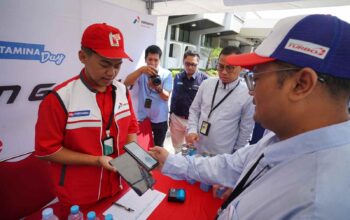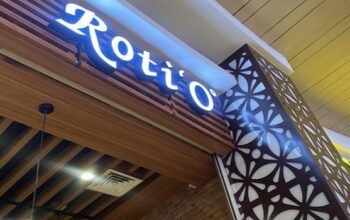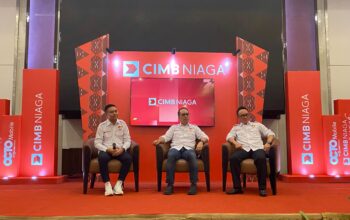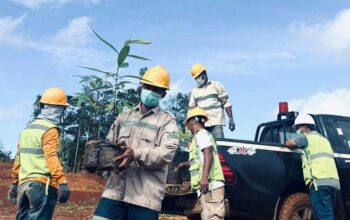Cultural Differences and Traditional Beliefs
Cultural attitudes towards media consumption and information dissemination can significantly impact MIL. Different cultures have different ways to absorb information. Sometimes, this information does not adhere to the philosophies of these cultures. Even if others argue that this is the price of critical thinking, it is hard to change minds in a snap especially if these are the cultural norms they grew up with.
Language Barriers
The Philippines is a multilingual nation; hence, there are several spoken languages that they are accustomed to or more proficient with. Usually, the medium of communication among these MIL-related contents is in English. So, usually, there may be some miscommunication along the communication process. However, with the advancement of technology, this became less of a problem due to the translation abilities of such technology.
The solution to these problems
The initiatives of awareness campaigns and more people becoming vocal about presenting a different point of view. Yes, there may be some clashes of thoughts but that is the payment to make all people open to different points of view which are essential to MIL.
Baca Juga
Technological Obstacles
Due to the lack of technological infrastructure and affordability, technological obstacles persist. First, the stark digital divide remains a significant challenge because poverty prevents households from buying the necessary gadgets that canteach them MIL skills.
Even if they could buy or avail such technology, internet connection is slow, expensive and unreliable, especially to rural and remote areas.
Overcoming the Technological Barriers
A multi-faceted approach is necessary to overcome these challenges. The following include:
- Policy interventions can ensure equitable access to digital resources and training for both students and teachers.
- Infrastructure development is crucial to bridge the digital divide and provide reliable internet access.
- Community engagement programs can address cultural and socio-economic barriers, while enhanced teacher training can equip educators with the necessary skills and resources to effectively teach MIL.
Conclusion...








